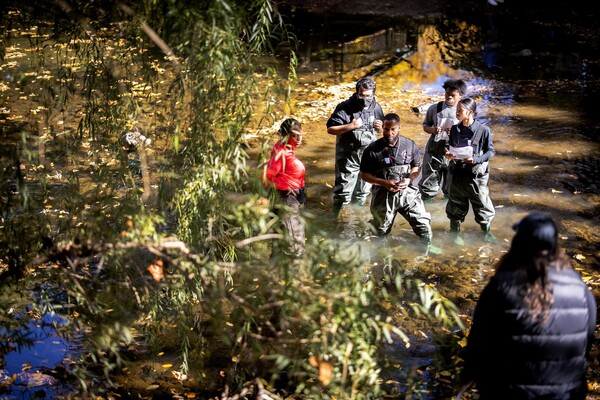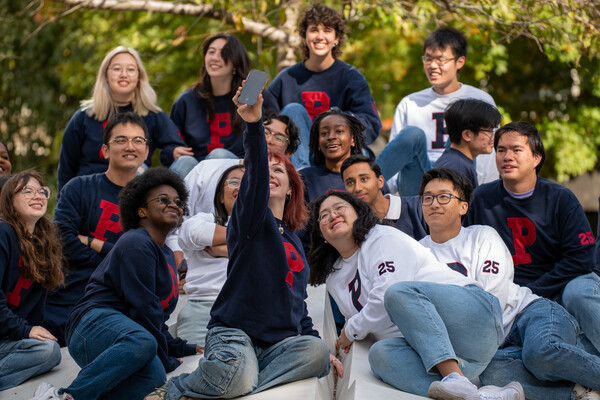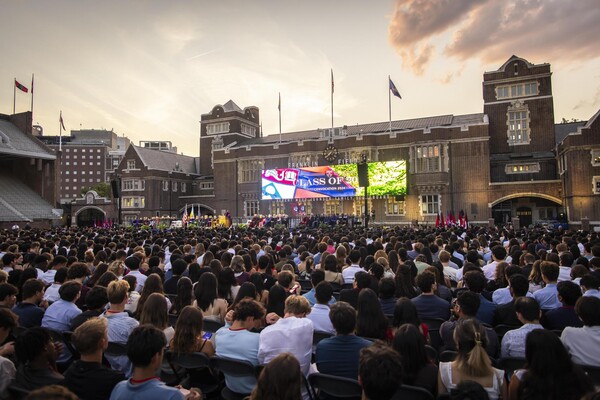Scientists Receive $1.4 Million To Study Materials That Can Interchange Sound Waves And Electrical Signals
PHILADELPHIA The Office of Naval Research has awarded $1.4 million to a consortium of universities and research laboratories, including three materials scientists from the University of Pennsylvania, to study materials that can convert sound waves into electrical signals and vice versa.
Takeshi Egami, professor and chair of materials science and engineering at Penn, is co-principal investigator on the grant. Also involved in the project are Peter K. Davies, professor of materials science and engineering at Penn; Andrew M. Rappe, associate professor of chemistry at Penn; and researchers from the Carnegie Institution of Washington, Rutgers University, the University of Arkansas and the U.S. Naval Research Laboratory.
The grant, which could be extended for as long as five years pending congressional approval, will establish the Center for Piezoelectrics by Design, to be based at the College of William and Mary in Williamsburg, Va.
"CPD will be a decentralized irtual lab,operated via a shared computer, and Penn will play a key role," Egami said. CPD will conduct research into the theoretical prediction and experimental realization of new members of a class of materials that can convert sound waves into electrical signals and then back to sound.
Applications of piezoelectric materials include medical ultrasound devices and naval sonar. Advances in piezoelectric materials could dramatically improve the portability and performance of these and other systems based on transducers, devices that interconvert electrical and mechanical energy.
The search for better piezoelectric materials has generally relied on costly and time-consuming trial-and-error synthesis and testing of candidate materials. CPD will take a different approach, using computational modeling to develop new types of candidate materials and to screen them for desired properties before taking them into the laboratory.
"All known high-performance piezoelectrics are structurally and chemically complex materials," Egami said. "The ability to reliably predict the properties of such materials by computational modeling is the result of steady advances in computational materials physics over a decade of Office of Naval Research-supported theoretical and experimental research on ferroelectric and piezoelectric oxides and related materials. The design of piezoelectrics requires an unprecedented degree of cooperation among the participating scientists."
CPD has been established to facilitate these efforts, with a special cluster of computers, specialized software support and a regular schedule of team meetings.
Based at William and Mary, CPD will be housed at the Applied Research Center adjacent to the Thomas Jefferson National Accelerator Facility in Newport News, Va. The Applied Research Center is a collaborative effort involving the City of Newport News, the Commonwealth of Virginia, the U.S. Department of Energy and four state-supported universities.







